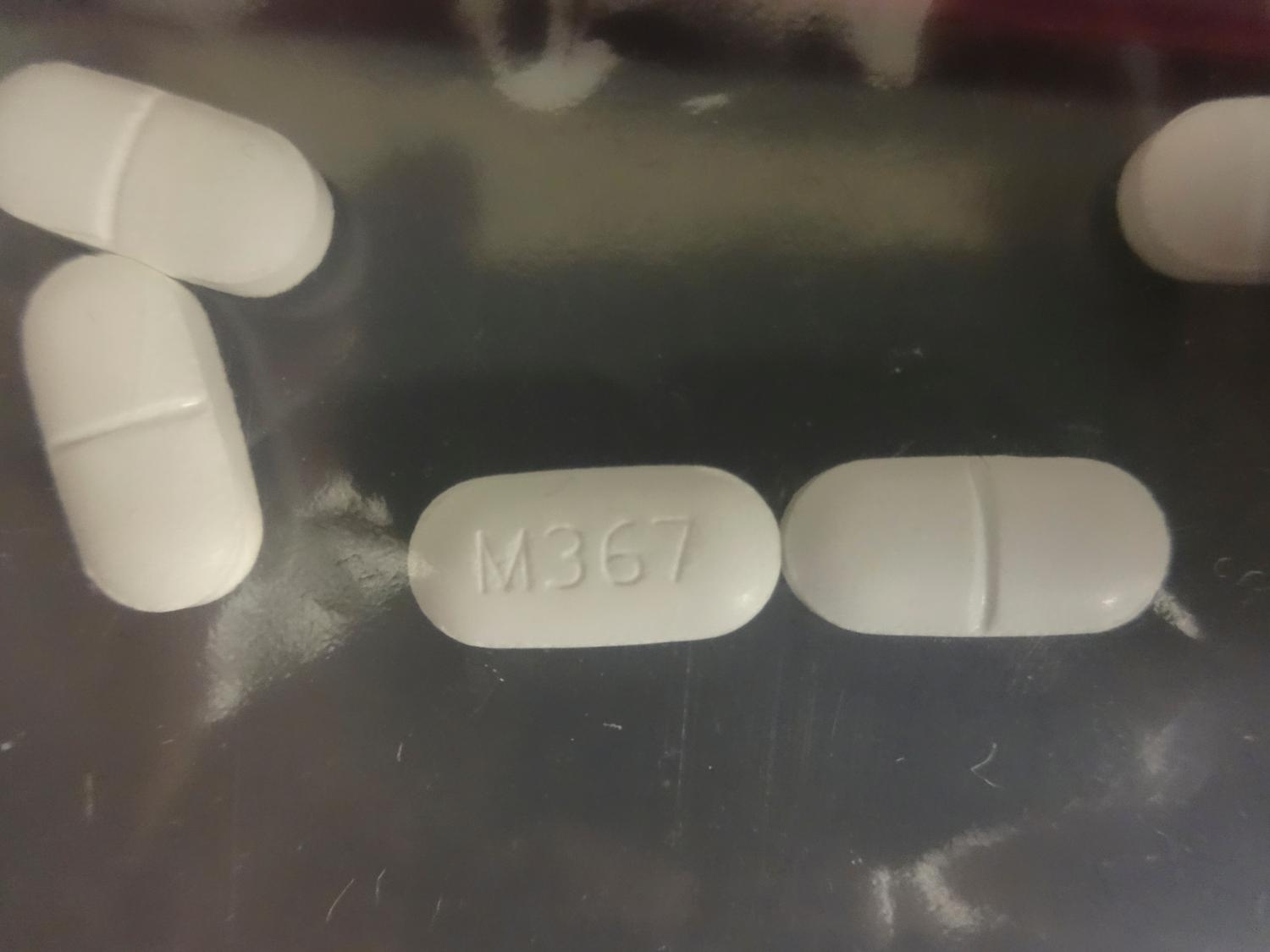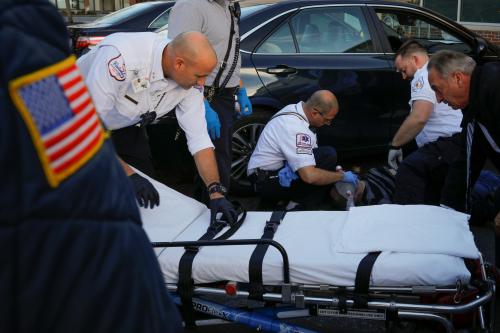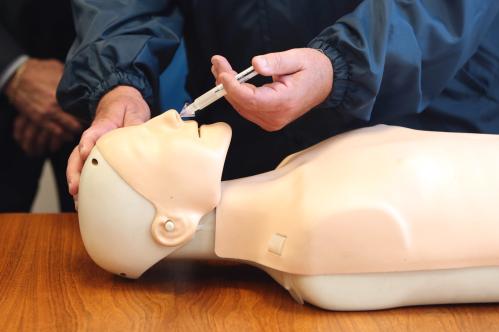This paper comes from the paper series “The opioid crisis in America: Domestic and international dimensions.”
Executive summary
Drug policy often comprises efforts to reduce the supply of drugs, to provide health and social services to addicted individuals, and to prevent the development of addiction in the first place. The last of these efforts—prevention—is the subject of this paper. The scientific literature on drug policy offers some insights on the relative effectiveness and cost-effectiveness of different strategies for preventing traditional opioid misuse and related harm. But these insights don’t apply perfectly to the current opioid crisis in the U.S. and Canada, due to many important differences between today’s epidemic and those of the past (e.g., heroin in the 1960s and 1970s). School-based universal primary prevention programs, for example, will probably remain only modestly effective, mainly because it is mostly adults, rather than adolescents, who initiate opioid use through prescription drugs. However, there are new opportunities for prevention, including promoting safer opioid prescribing, and issuing public health warnings about fentanyl’s dangers and the need to keep prescription opioids locked up.
Importantly, the audience for these prevention interventions can include prescribers and pharmacists, not just potential users, and the mechanisms should involve incentives and nudges, not just information and education. Classic drug law enforcement against retail sellers and their suppliers may become even less effective than it has been in the past. However, other forms of supply control are possible because most of the prescription opioids that get misused come from legal and regulated distribution. Because prescription opioids remain the dominant route through which opioid use disorder is initiated, reducing its incidence can translate over time into reduced deaths not only from prescription opioids, but also from heroin and fentanyl. Enforcement against licensed producers and distributers may perform well even if enforcement against traditional dealers does not, and there are a wide range of actions vis-a-vis these licensees that do not require arrest or incarceration.
Looking across the preventive strategies reviewed in this paper, four meta-lessons emerge:
- Regions not yet exposed to black market fentanyl should use every tool available, including traditional drug law enforcement, to delay its arrival; but such enforcement should be recognized as a holding action, not a long-term solution.
- Elements of the legal opioid industry whose corporate tactics violate laws and regulations—at home or abroad—should be treated like illicit drug cartels, including potential criminal prosecution of their leadership.
- Well-meaning clinicians, patients, and pharmacies need nudges and system redesign, not just education, to avoid becoming unwitting accomplices in the opioid crisis.
- A small subset of clinicians, patients, and pharmacies are criminals; they should be investigated aggressively, and their activities stopped.
The Brookings Institution is committed to quality, independence, and impact.
We are supported by a diverse array of funders. In line with our values and policies, each Brookings publication represents the sole views of its author(s).








